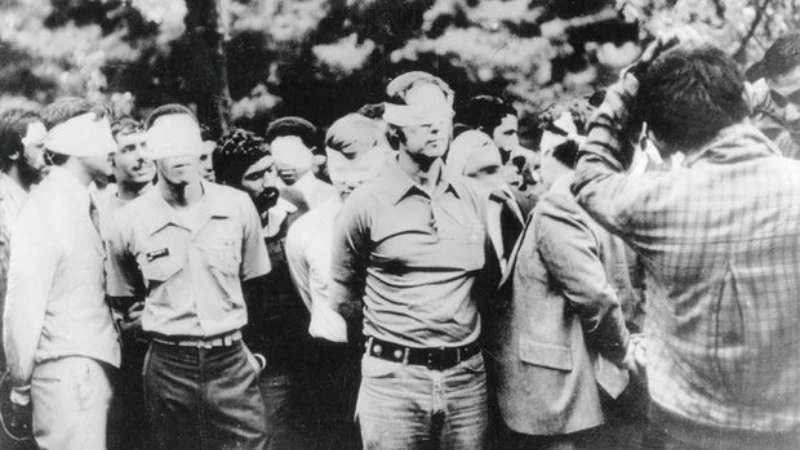Al-Dakhil goes on to cite a good number of terrorist actions against other embassies:
- In June 1980, the first secretary at Kuwait’s embassy in India, Mustafa Al-Marzouq, was assassinated.
- In Sept. 1982, Kuwaiti diplomat in Madrid Najib Al-Refai was assassinated.
- In April 1983, the US Embassy in Beirut was blown up.
- In December 1983, a bomb was detonated targeting the French Embassy in Kuwait.
- In December 1983, a truck was blown up targeting the US Embassy in Kuwait, killing 17 people.
- In August 1987, the Saudi Embassy in Tehran was attacked and 275 diplomats were detained.
- In February 1990, Saudi diplomats were killed in Thailand.
- In Feb. 2011, Saudi diplomat Hassan Al-Qahtani was killed in Pakistan.
These are the most significant events that could be easily listed, al-Dakhil says, and that there are many others.
“Iran has tried to intimidate diplomats who make rare efforts to communicate with the different spectra of societies where they work, al-Dakhil writes.
Iran proves daily that it acts outside the context of an institutional state, and is closer to having a bloody revolutionary status as it does not recognize international conventions regarding embassies and consulates, does not hesitate to assassinate any political figure, and intervenes anywhere at any time, the writer says.
Iran is more a militant organization than a state, al-Dakhil concludes.



التعليقات (0)